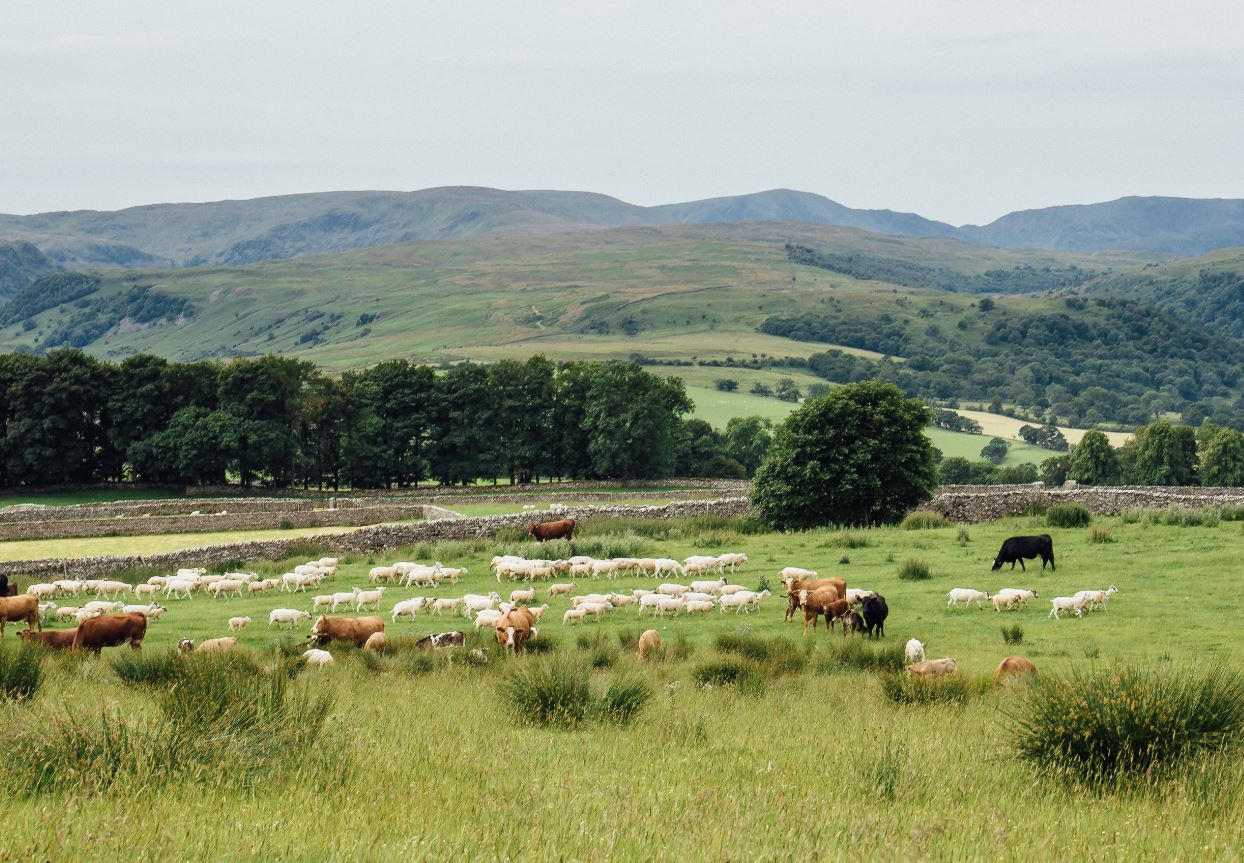- Home
- Biosecurity: boundary risks and fencing
Biosecurity: boundary risks and fencing
Consider the risks
Protecting your animals from contact with animals on neighbouring farms is time well spent - stock mixing because of broken fencing, nose-to-nose or other direct contact at boundaries is the second most common reason for disease breakdowns. Good fencing makes for good neighbours!
Begin by assessing the risks of both your own, and neighbouring farms:
Are the neighbouring sites livestock or arable enterprises?
Where both you and your neighbour are grazing livestock, you should run double fencing, three metres apart, through areas where livestock grazing adjoins. Where permanent fencing is not possible, use electric. This helps to minimise, or even better, prevent direct contact between stock.

Are there main roads, public footpaths or watercourses running through the fields of either site?
Assess whether you need to fence off roads, streams and rivers, providing clean fresh drinking water in troughs. It is not always practical to fence off public footpaths, but signage reminding the general public to keep to the footpath, close gates and avoid interacting with animals where possible can be put up along the course of footpaths crossing your boundary.
Are there common grazings?
Consider co-operating with your neighbour, to agree to graze those fields at different times and to work on a disease strategy together.
Remember...
...The more ‘physical distance’ or ‘space’ you can put between animals, the less likely disease is to spread.

